Footwear is more than a style choice. It supports movement, balance, and daily confidence. Yet most people still wear shoes that do not fit properly, a global issue that affects health, business, and the environment.
IAMBIC redefines fit through technology and craft. Each pair begins with a 3-image smartphone scan that captures over twenty biometric variables per foot. The result is a digital last shaped to your anatomy and finished by European artisans for precision-fit comfort that adapts to you.
Recognized by TIME as one of the Best Inventions of the Year and supported by the U.S. National Science Foundation.
Not ready to order? Take the Fit Guide Quiz to begin your personalized journey.
The dangers of ill-fitting footwear
Shoes that do not fit properly affect far more than daily comfort. They alter gait, posture, and balance, leading to long-term complications that limit mobility and performance.
- Chronic conditions: Ill-fitting shoes contribute to bunions, hammertoes, and neuropathy, especially in adults over 40 (Buldt & Menz, 2018).
- Mobility loss: Poor fit increases fatigue and limits flexibility, creating instability during movement (Vanderheiden, 2020).
Globally, about 5 billion people wear shoes that do not fit correctly. The impact extends from comfort to quality of life. For more on walking and daily performance, see Walking and Executive Performance.
Poor fit costs businesses millions
The fit crisis is not only a health issue, it is a business problem that erodes profit and trust.
- Nearly 40% of footwear purchased online is returned, with fit as the leading cause (Reagan, 2019).
- Returns have increased by 95% in five years, reducing profitability by one-third (Schifer, 2019).
- Most returned shoes cannot be resold at full value, creating waste and cutting margin.
When fit expectations fail, customers rarely return, damaging long-term loyalty and retention. A precision-fit model reduces costs, improves confidence, and strengthens relationships. Learn more in IAMBIC 101.
The environmental cost of poor fit
Each return, replacement, and discarded pair contributes to the industry’s environmental footprint.
- Carbon impact: U.S. footwear returns create more than 15 million tons of CO₂ annually (Coresight Research, 2021).
- Landfill waste: Up to 5 billion pounds of returned products and packaging end up in landfills each year.
- Systemic inefficiency: As online sales grow, so does the hidden cost of logistics and unsold inventory.
Precision-fit footwear prevents this cycle by improving first-time accuracy. Learn more in How Custom-Fit Shoes Work.

Custom-fit footwear as a sustainable solution
Precision-fit design benefits everyone. By combining AI-driven fitting with European craftsmanship, IAMBIC creates footwear that adapts to each individual, reducing waste, returns, and discomfort.
- Consumers gain lasting comfort and improved posture.
- Brands reduce returns and increase satisfaction.
- The planet benefits from lower waste and emissions.
Exploring fit first? Take the Fit Guide Quiz to see how your data becomes design.
A call for better fit
Ill-fitting footwear affects people, business, and the planet. Precision-fit technology bridges these areas, aligning health, sustainability, and performance in one solution.
- People experience fewer injuries and greater mobility.
- Brands gain trust and profitability through fewer returns.
- The planet benefits from reduced waste and carbon impact.
If you are ready, explore MODEL T. If you prefer to learn more first, take the Fit Guide Quiz for a personalized introduction.
Need help choosing? Our Concierge can assist with fit and delivery questions.
Helpful links
Sources
- Buldt, Andrew, and Hylton Menz. “Incorrectly fitted footwear, foot pain and foot disorders: a systematic review.” Journal of Foot and Ankle Research, 2018.
- Vanderheiden, Terence. “Why It’s Important to Wear the Right Shoe Size.” Verywell Health, 2020.
- Schifer, Jessica. “The Unsustainable Cost of Free Returns.” Vogue Business, 2019.
- Reagan, Courtney. “Growing Online Sales Mean More Returns and Trash for Landfills.” CNBC, 2019.
- Coresight Research and Newmine. “The Hidden Costs of Retail Returns.” Coresight Research, 2021.
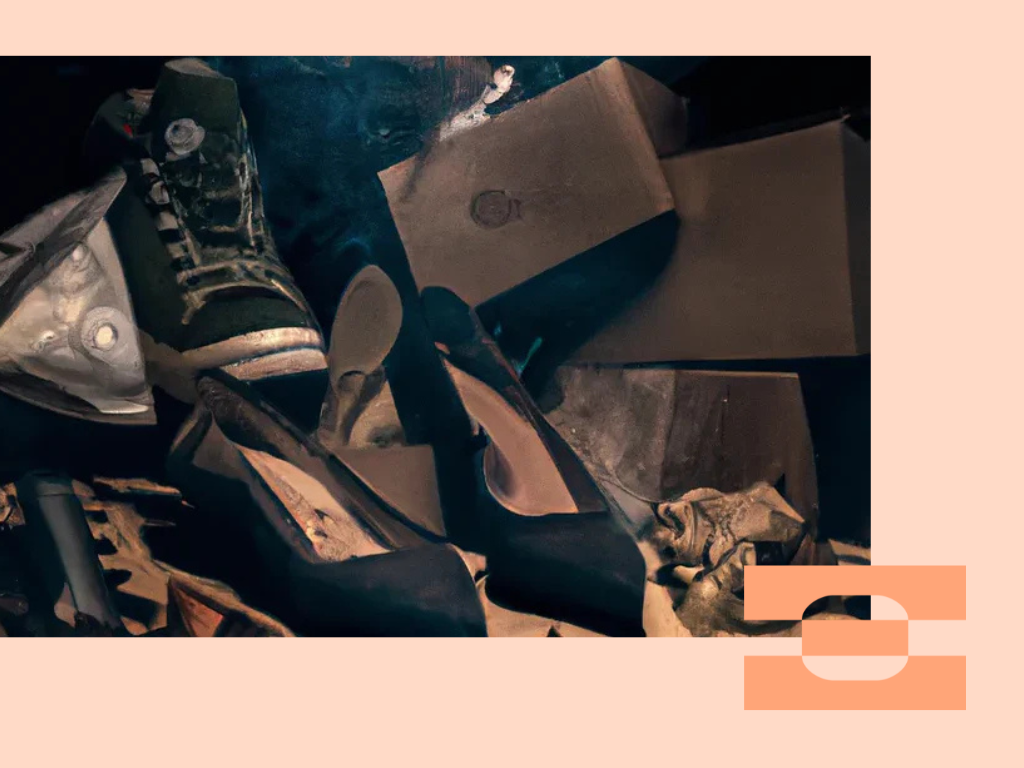
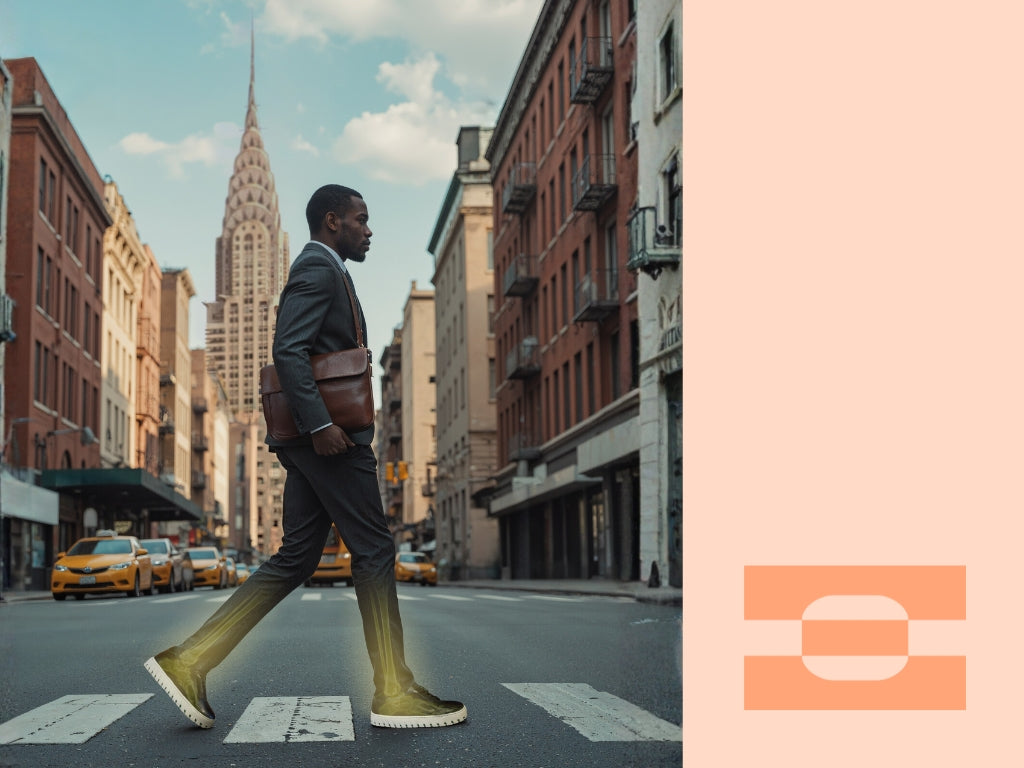



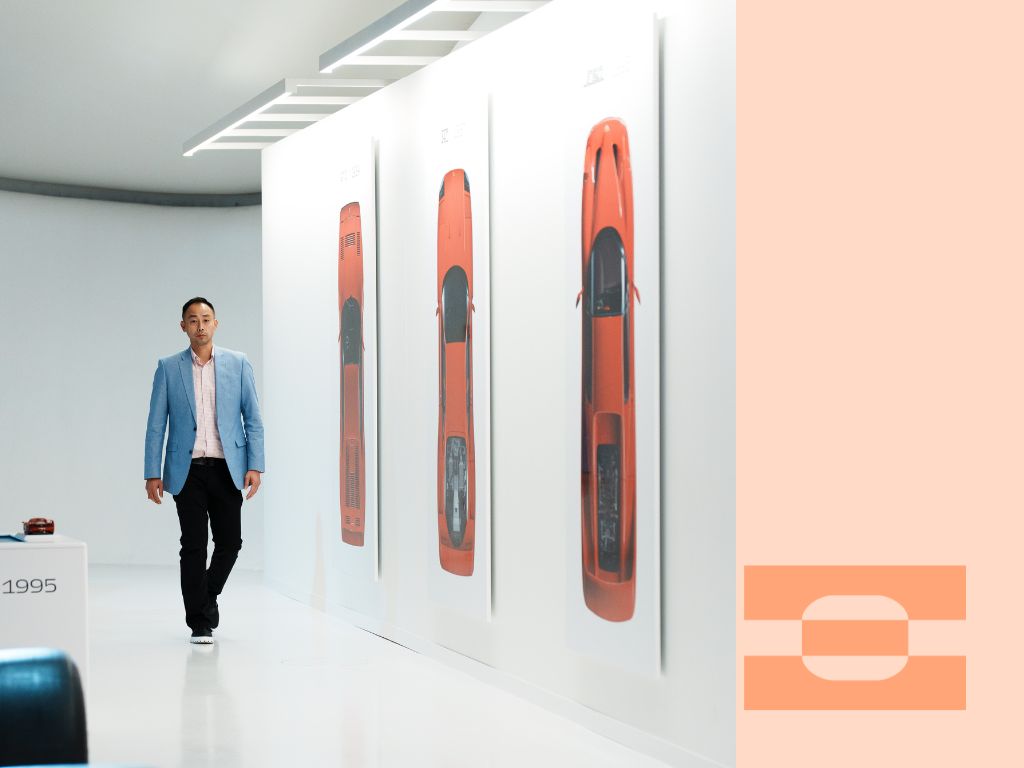
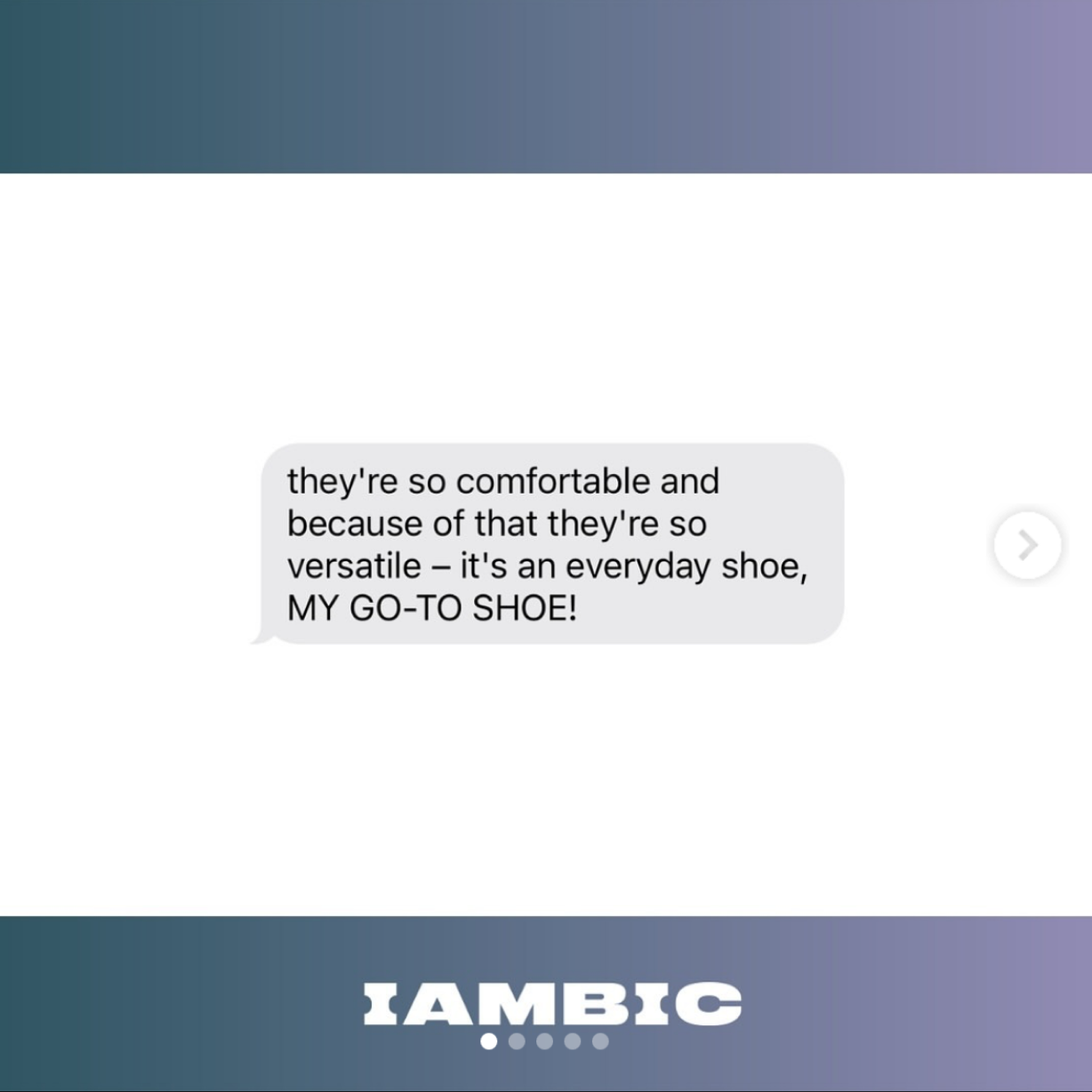
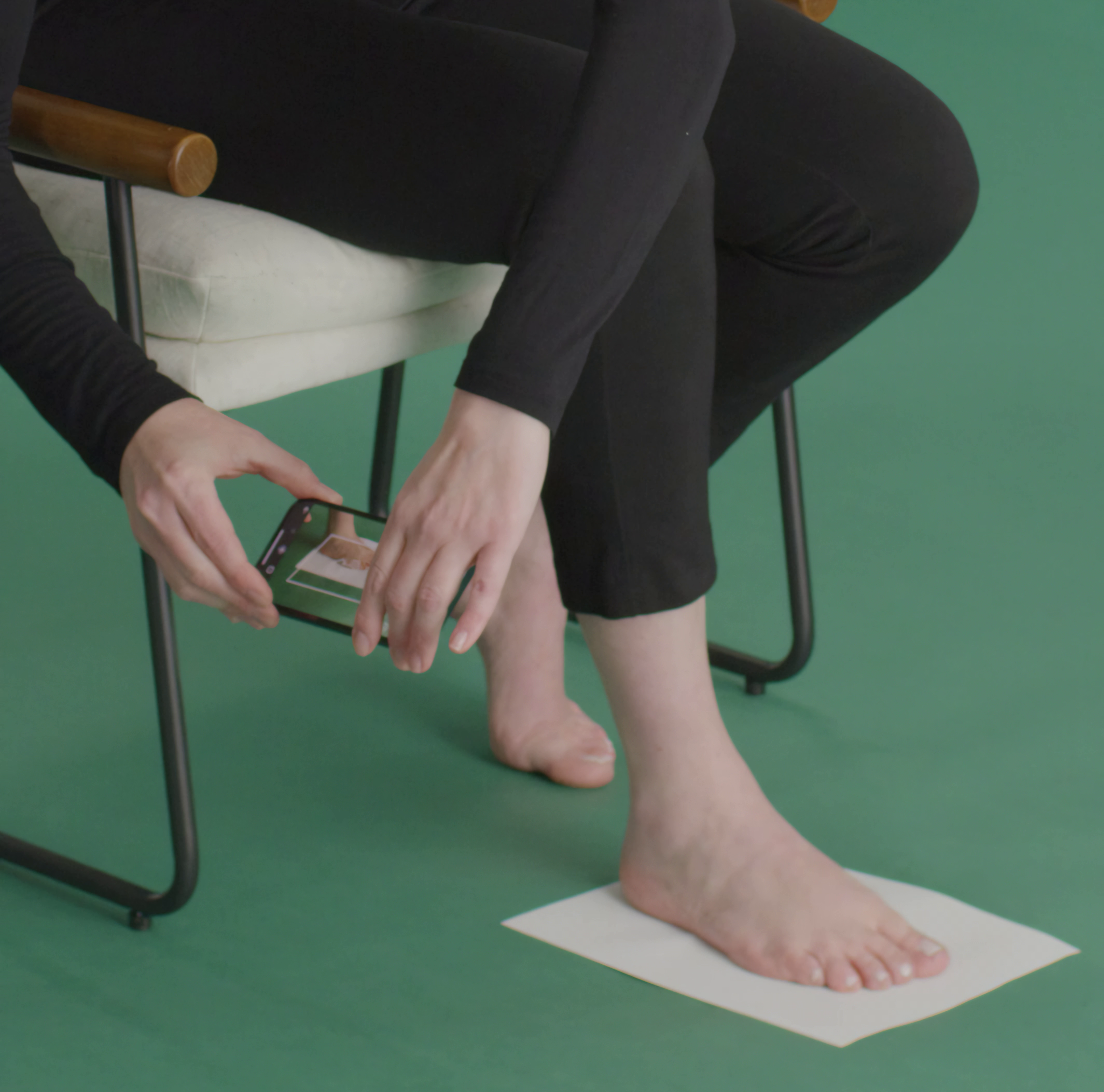

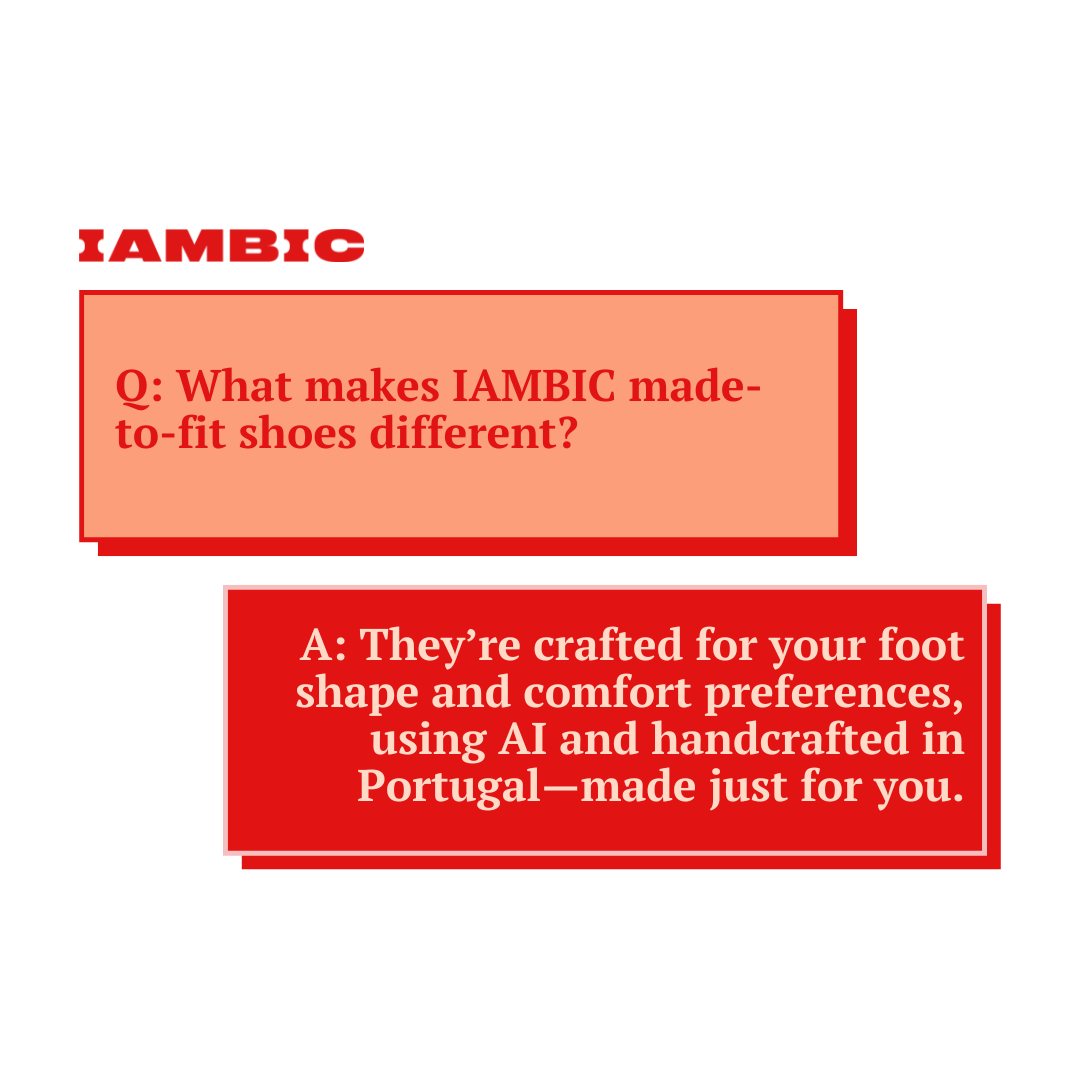
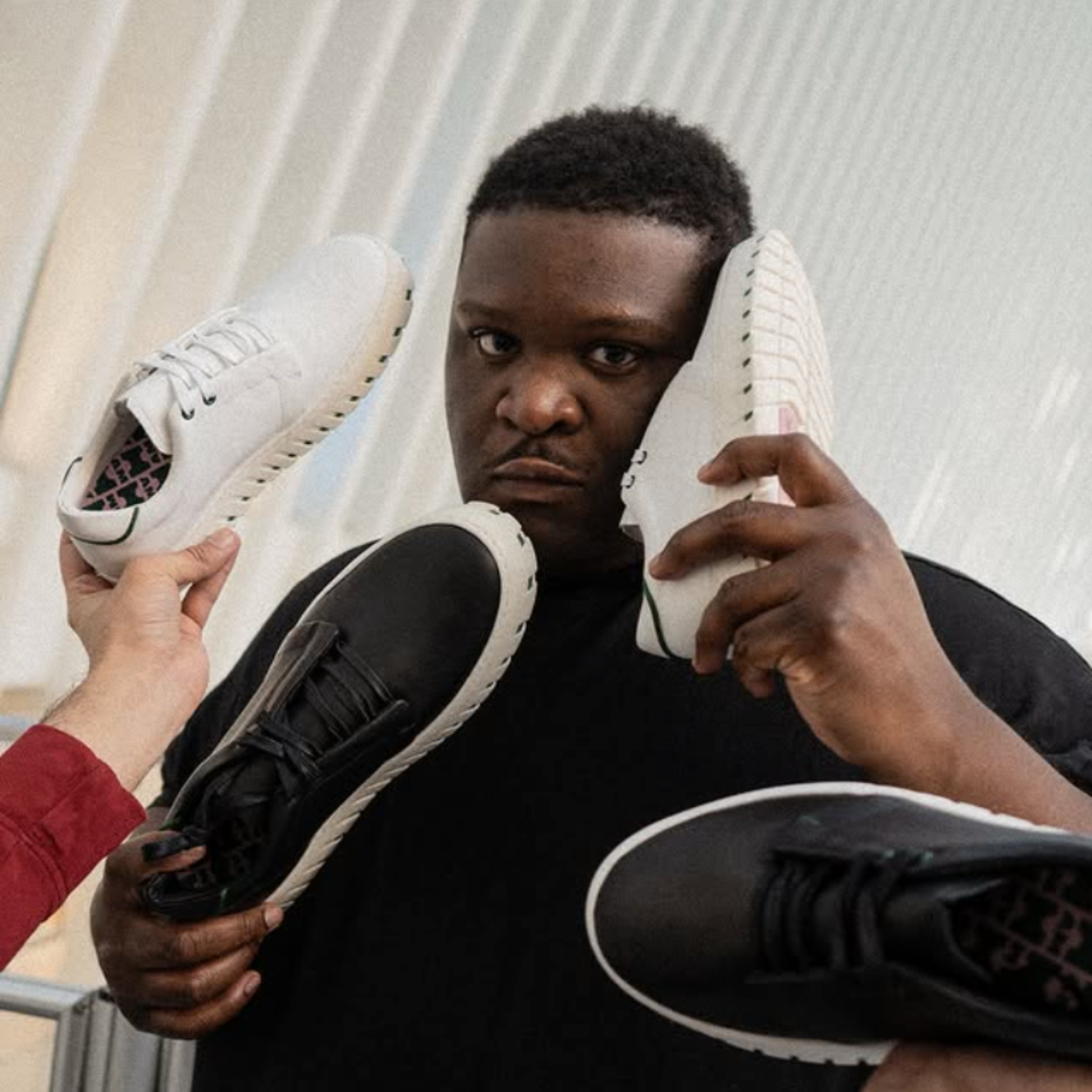
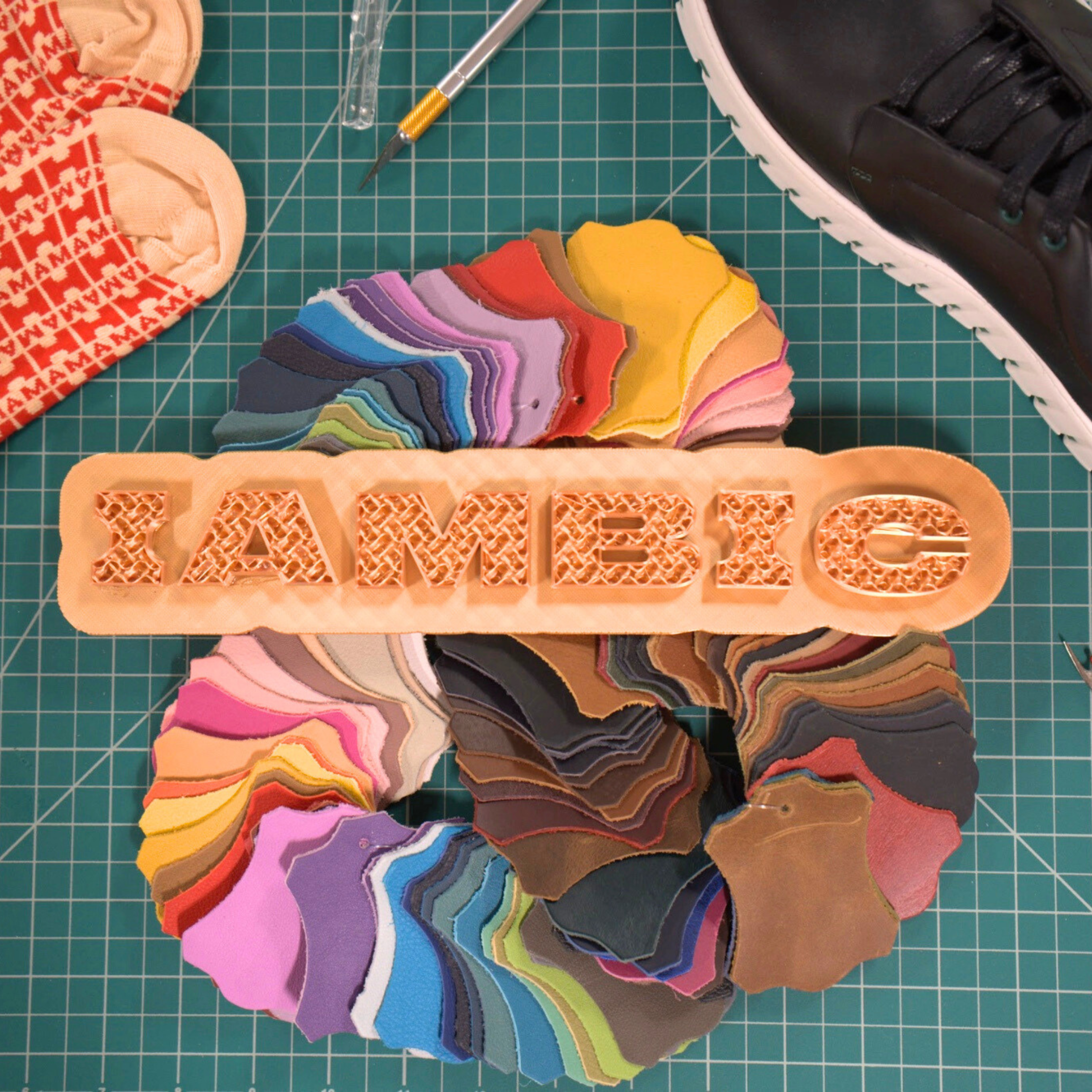

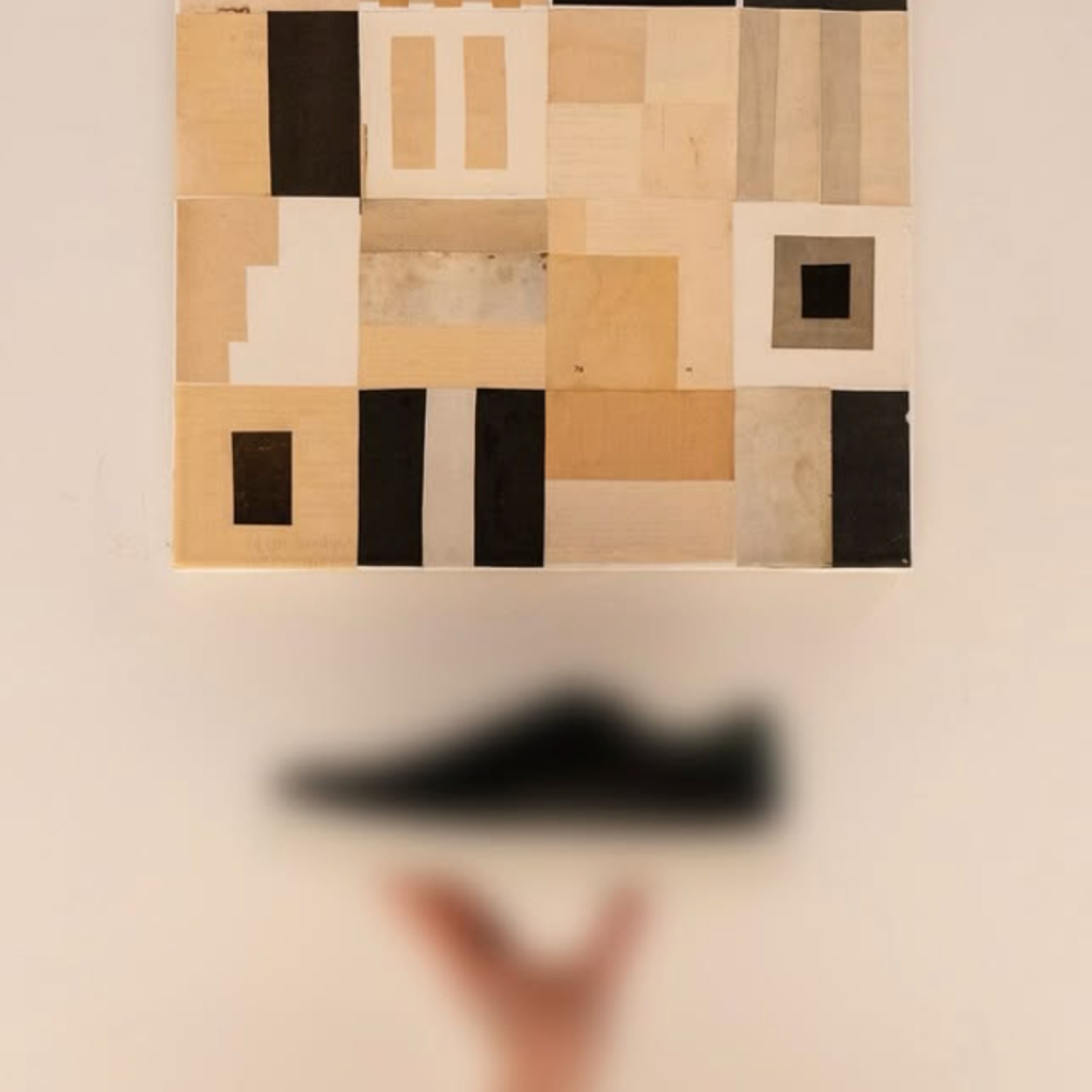

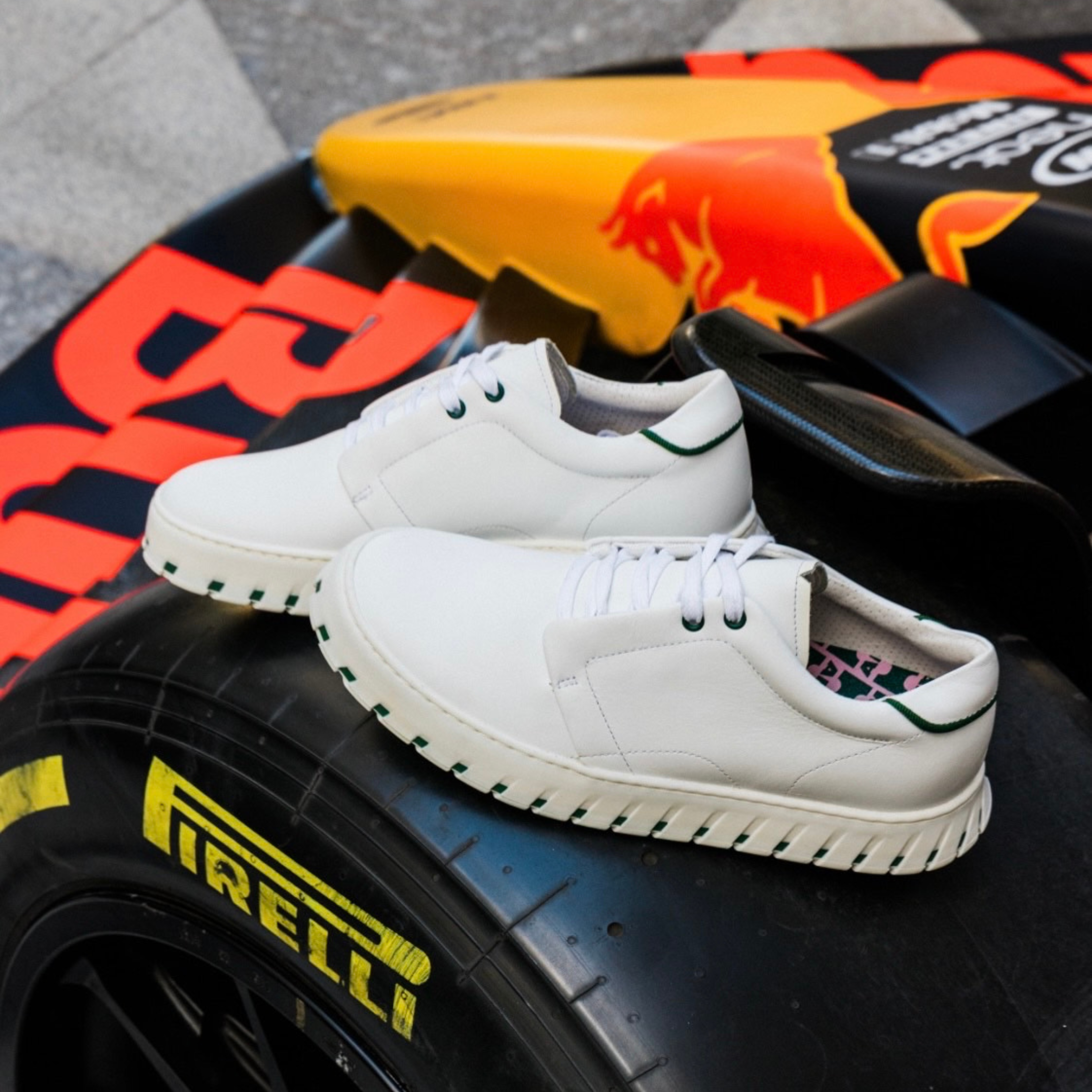

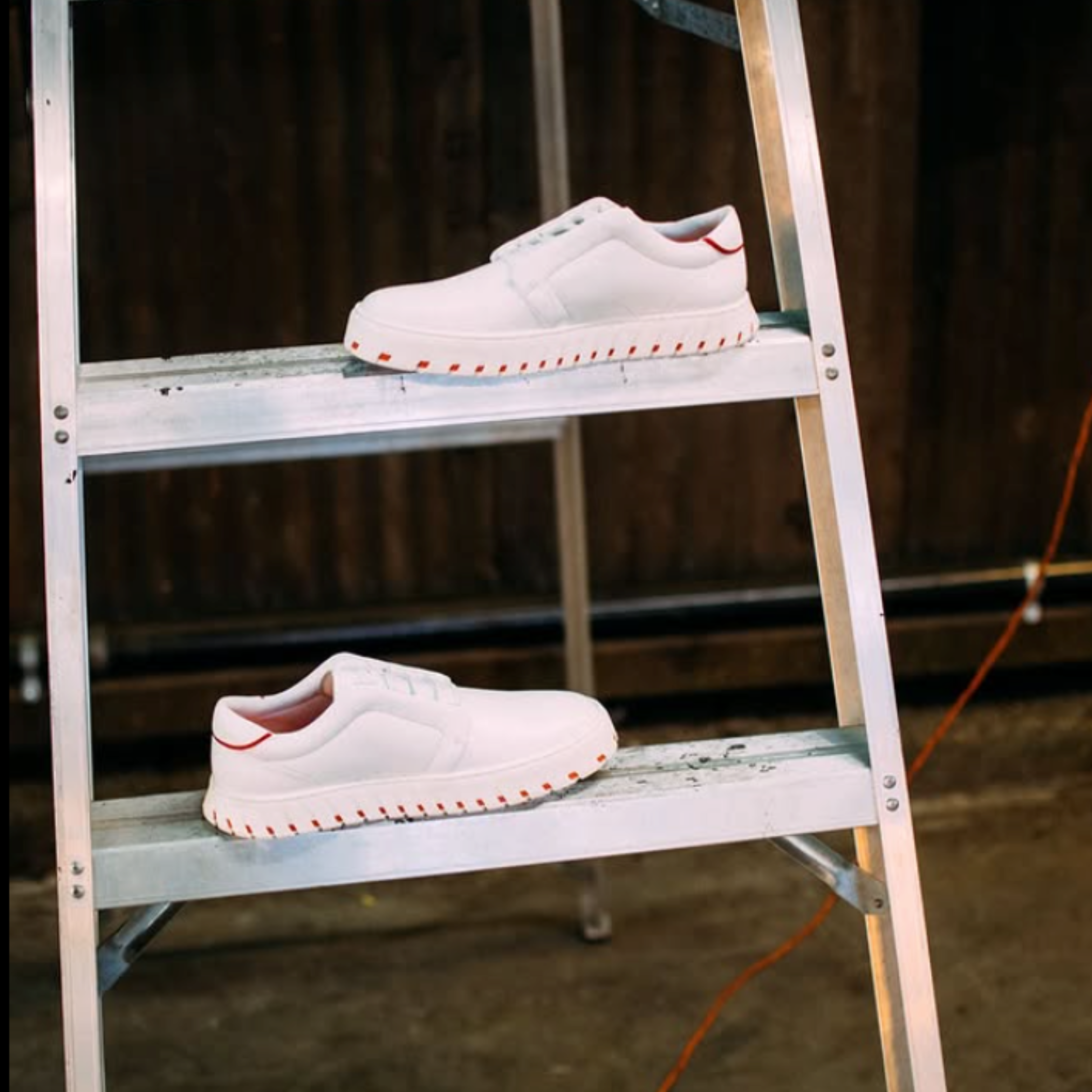
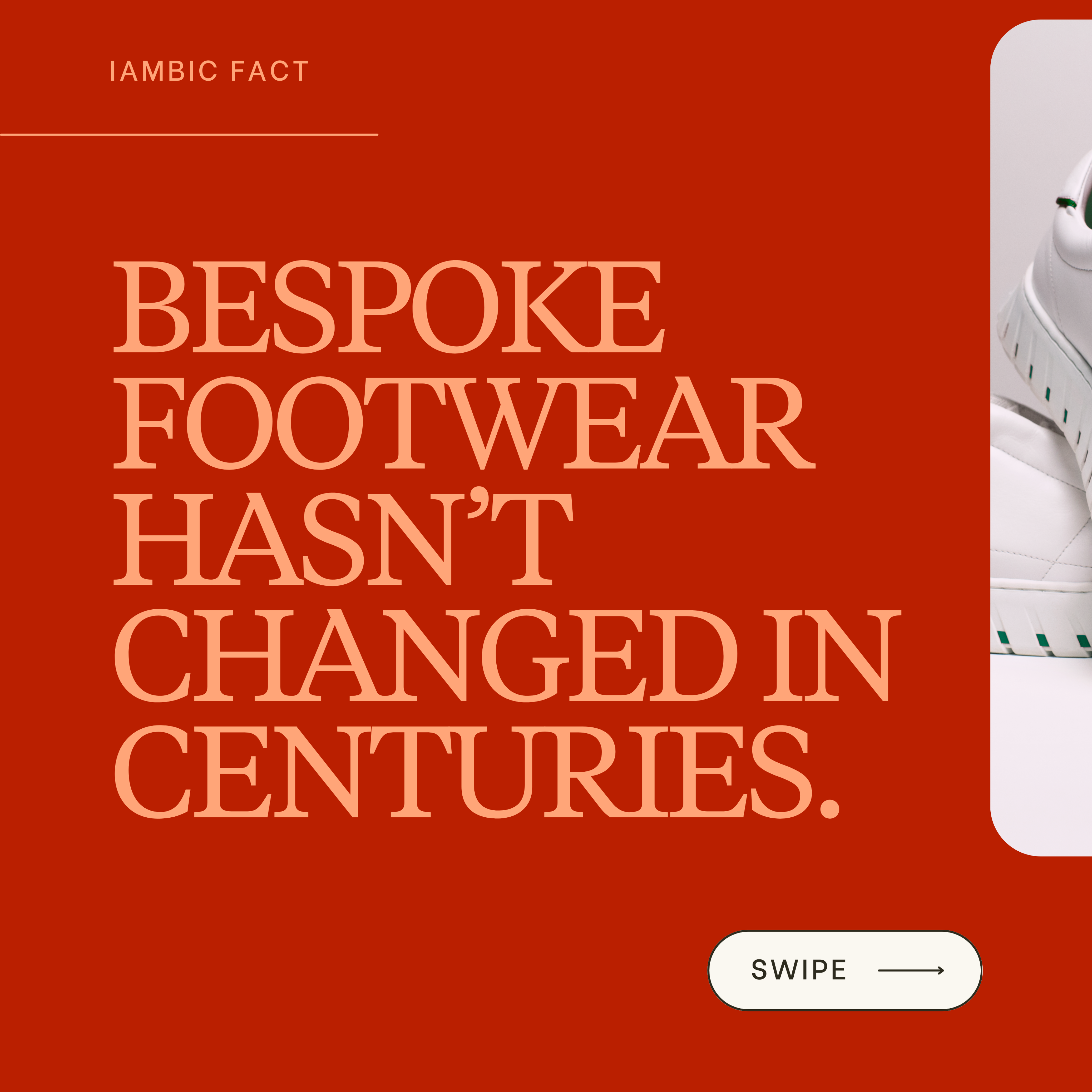
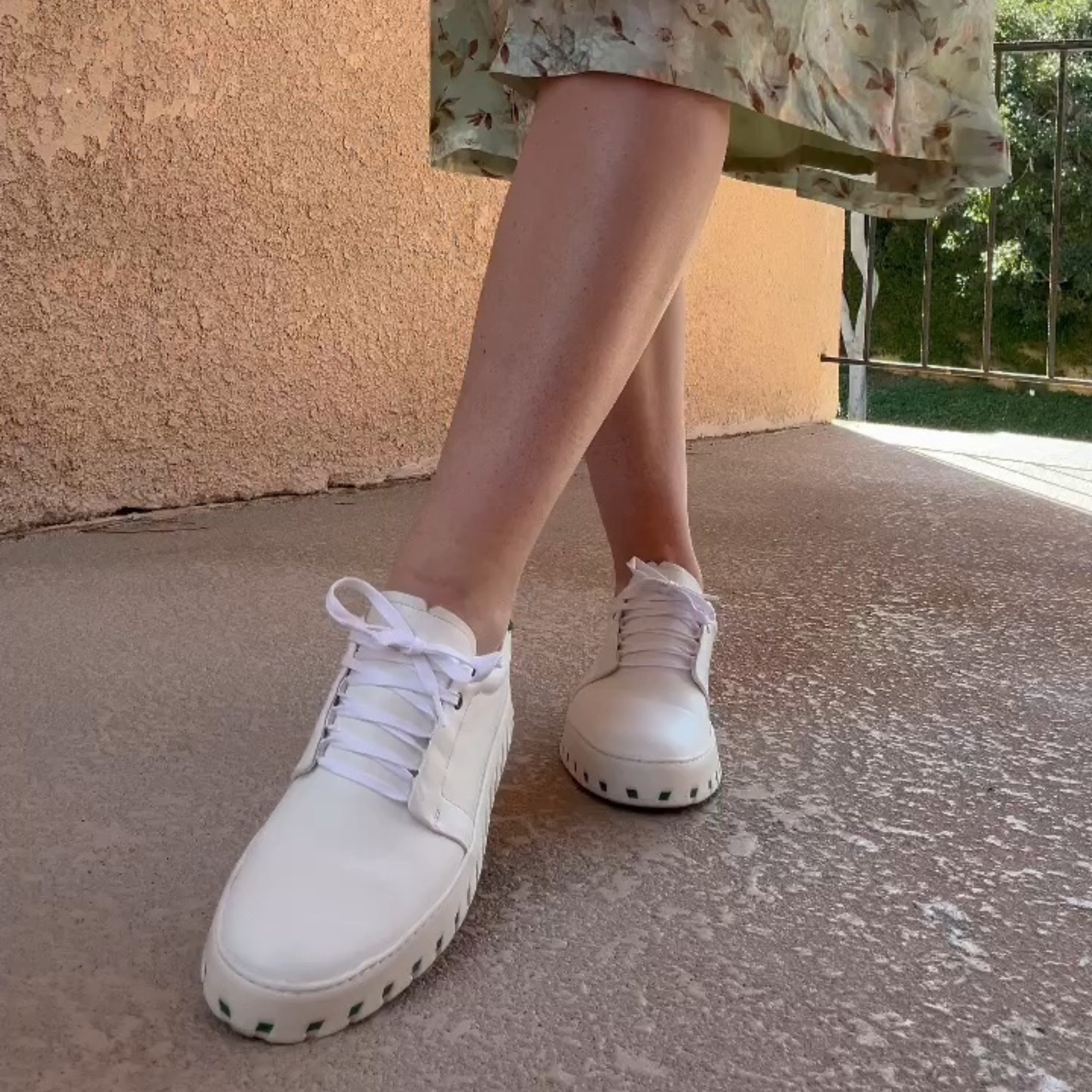

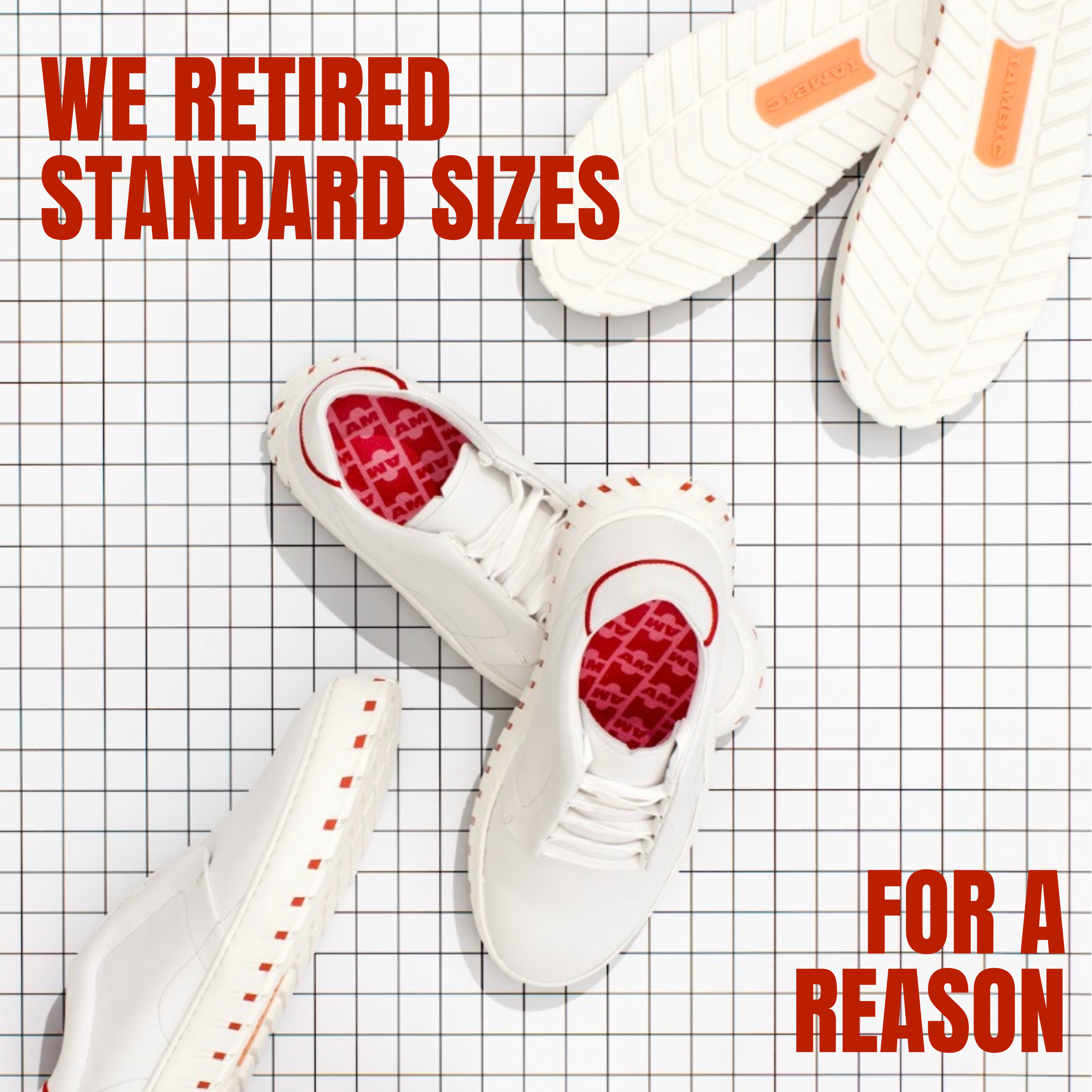
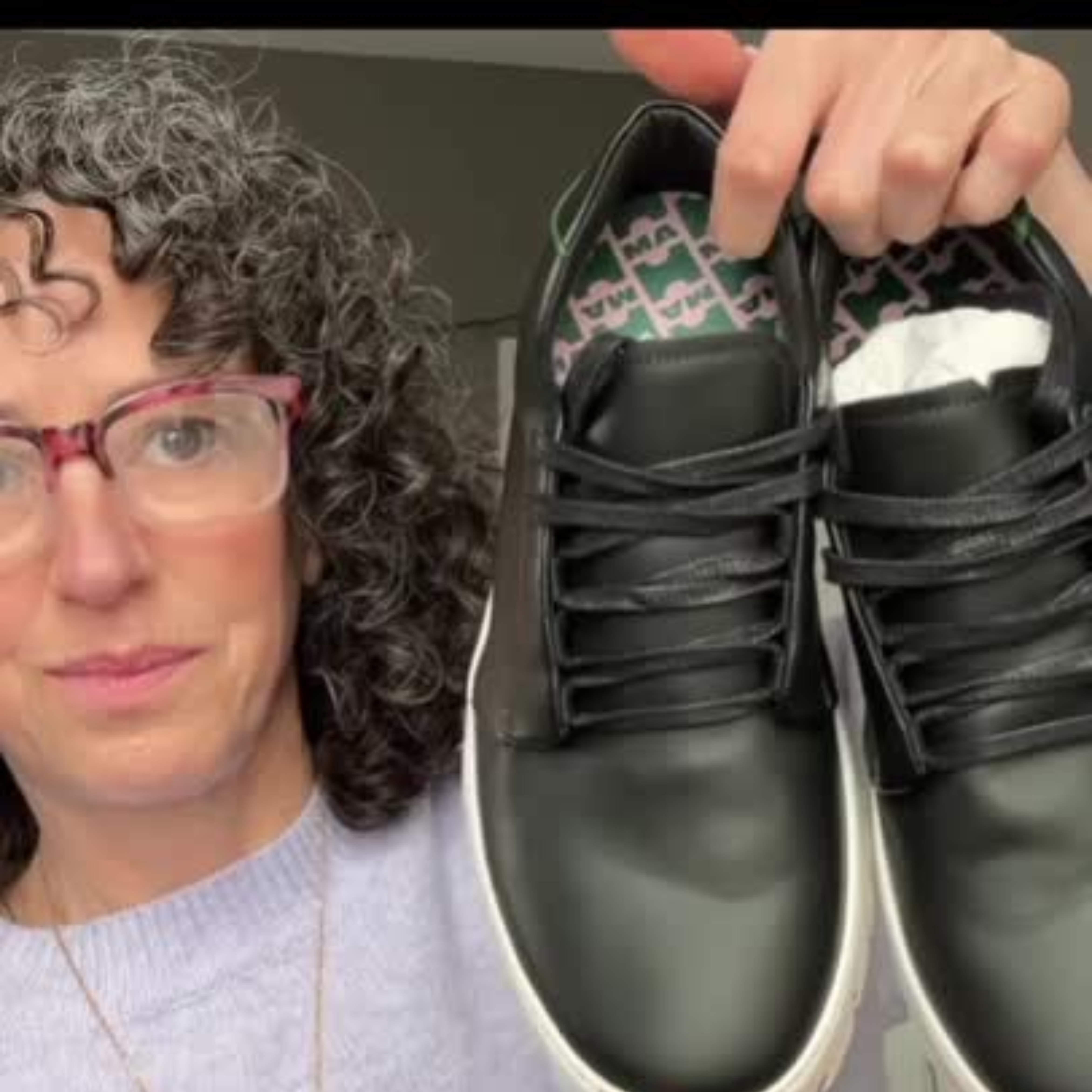



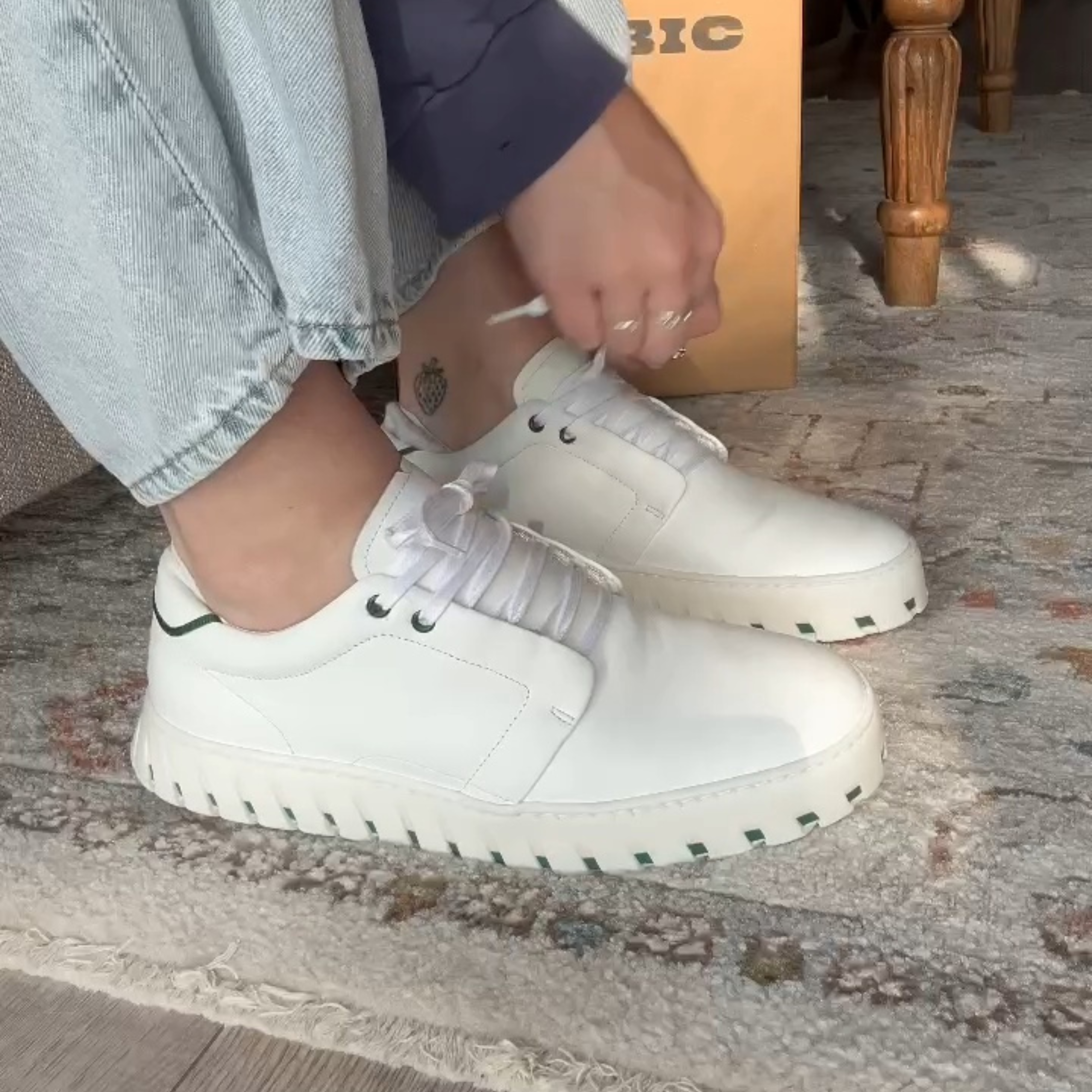
The most interesting thing about them being crafted just for me is how well they fit. And I had never even noticed that my shoes didn't fit right. My other shoes don't hurt me - they just slosh around. With these, the heels actually stay on the whole time and it fits snugly yet still comfortably. And I'd never experienced that before. They just stay comfortable all day.
As a runner, as an athlete, just knowing that I'm doing a good service to my body is incredible. It’s the reason that I love my IAMBIC shoes. It's that precision that makes me feel safe to walk down the street, get on the subway, do my commute, bring my kids to school, and not feel concerned that I'm doing it in a shoe that doesn't fit right or that doesn't feel good.
The thing that I was surprised by the most with the precision fit is that any pressure points thatI had been feeling with the shoes that I previously came in wearing were completely gone. I was wearing a shoe that wasn't too tight. It wasn't too loose. The sole fit just right. Total comfort.That's the best way to put it.
So I suffer from chronic foot pain and I believe that a lot of that has to do with wearing shoes that actually don't fit. Whenever I wear my IAMBICs, I've noticed that I have felt less pain, which is really incredible. And they're just so comfortable. I'm not worried about the back of my heel popping out or my ankles not having enough support. Also, they're just so stylish and every time I wear them out in the street, I always get compliments, which never happens to me.
A shoe that may feel comfortable for a half hour walk is not a shoe that always feels comfort able for a three and a half hour walk. So what I like about IAMBIC is, even though the snug fit is there and it feels comfortable, it also feels substantial enough that I can walk a lot without getting any discomfort. That's just something that's especially important to me and I think the shoe has really delivered that.
The first moment that I tried on my IAMBIC shoes, I noticed a difference. I have small feet. So whenever I try on shoes, I usually expect them to not fit. If they do fit, there's usually some sort of discomfort, whether that's in the toe box or too much space or at the heel. So knowing that this shoe was tailored to my foot was really meaningful. It's rare that you find a shoe like IAMBIC that truly is comfortable, but also hits the markers of style versatility.
I think we're all placed on this earth as unique individuals. None of us are really off the rack in terms of sizing. So for me to have that experience of having something made specifically for me that fit perfectly was something that was a little bit mind blowing. And once I got the shoes, I tried them on, they looked great, they felt great. And honestly, they fit like a glove.